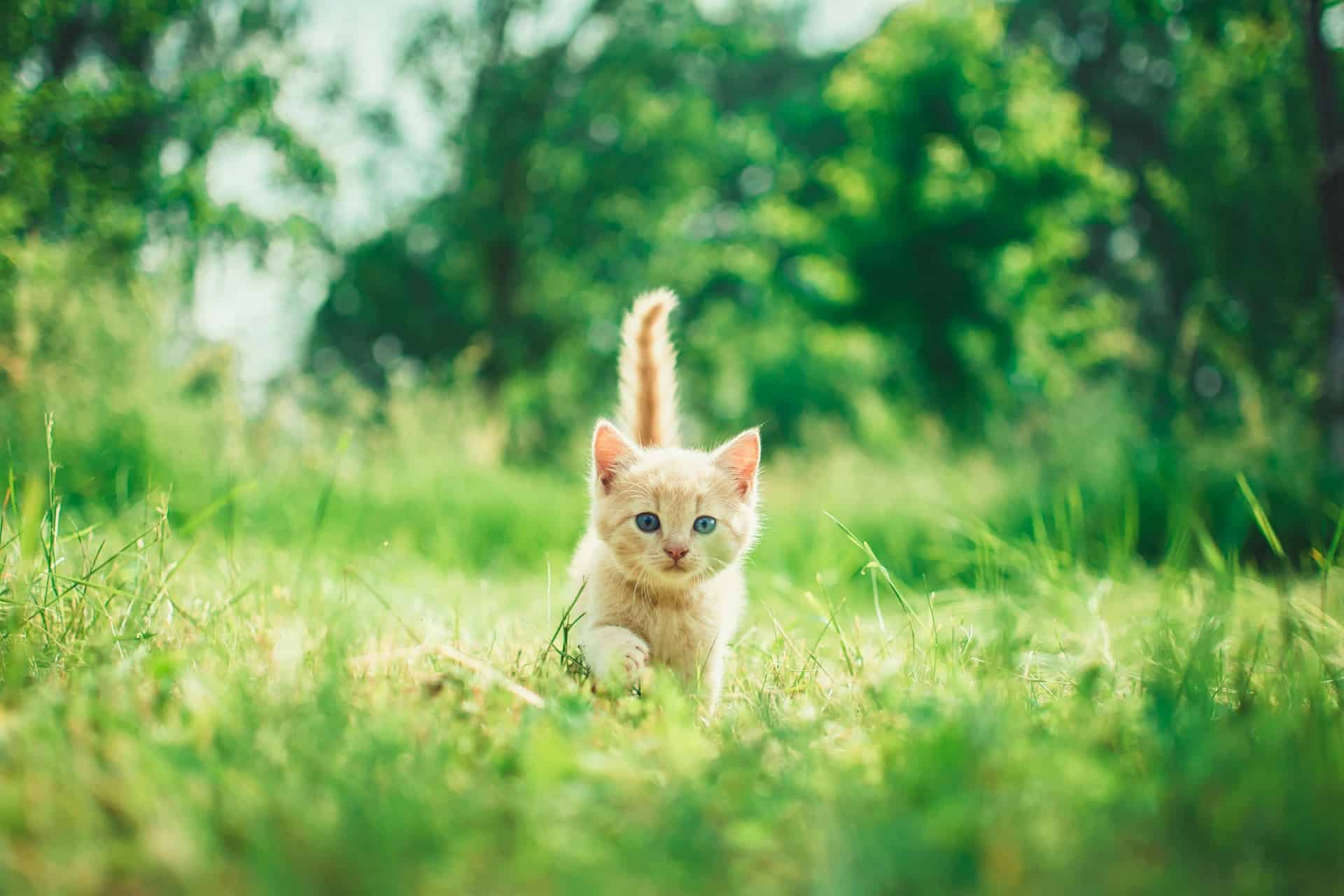What’s the Best Method to Reduce Stress in a Cat During a Long-Distance Move?

If you’re like most pet owners, your feline friends are part of your family. When it’s time to relocate to a new home, it’s essential to ponder how the moving process will affect your pets. Cats are creatures of habit and the change in routine, coupled with the unfamiliar environment, can lead to stress. Fear not. This guide will explore the best methods to reduce stress in your cat during a long-distance move.
1. Prepare a Comfortable Cat Carrier
If your cat isn’t accustomed to traveling in a carrier, now’s the time to help them adjust. A carrier is not only a safe method of transportation, but it can also serve as a familiar and comforting space for your cat during a move.
Avez-vous vu cela : How to Develop a Positive Crate Training Experience for a Rescue Basset Hound?
Begin by choosing a sturdy, well-ventilated carrier, large enough for your cat to stand, turn, and lie down comfortably. Place the carrier in your cat’s frequented area, with the door open, allowing them to explore it at their will. Placing familiar bedding or a piece of your clothing inside can make it more appealing.
Spend some time daily coaxing your kitty into the carrier with treats, toys, or food. Once they are comfortable entering on their own, practice closing the door, gradually increasing the time it remains shut. Take short car trips to accustom your cat to the motion and sounds of traveling.
Dans le meme genre : What Are the Best Hypoallergenic Bedding Options for Pets with Allergies?
2. Maintain a Consistent Routine
Cats thrive on routine. Any disruption can create stress, so it’s crucial to keep their daily rituals as consistent as possible. This involves maintaining regular feeding times, play sessions, and cuddling time.
Pack their belongings last. This includes their bed, scratching post, toys, and litter box. Having familiar items around will help maintain a sense of normalcy. During the car trip, try to stop at regular intervals for food, water, and litter box use.
Once you reach your new home, set up a specific room with their familiar items before letting them explore the rest of the house. This room will serve as a safe haven, reducing anxiety and easing the transition.
3. Make Frequent Vet Visits Prior to the Move
Veterinarian visits are key to ensuring your cat’s health before moving. Your vet can provide valuable advice tailored to your pet’s specific needs and circumstances. They can also help rule out any medical issues that may exacerbate the stress of moving.
If your cat is particularly anxious, your vet may prescribe a mild sedative or recommend over-the-counter calming products. Remember, never medicate your pet without consulting a professional first.
During the visit, update your cat’s microchip information and ensure their vaccinations are current in case they escape during the move or require boarding.
4. Exercise Patience and Provide Reassurance
During the chaos of moving, it’s easy to overlook the emotional needs of your pet. Cats are sensitive creatures, picking up on their owner’s stress. Make a conscious effort to reassure your cat, spending quality time each day and offering plenty of strokes and attention.
Speak in a calm and soothing voice, particularly when they’re in the carrier or car. Try to avoid any loud noises or quick movements that could startle them.
Remember, it’s normal for cats to hide, refuse to eat, or exhibit changes in behavior during a move. Be patient and reward progress, no matter how small.
5. Try Out Calming Products
There are a variety of products on the market designed to help calm cats. These include pheromone sprays or diffusers, calming collars, and relaxing music specifically composed for cats.
Pheromones are natural chemicals that cats use to communicate. Synthetic feline facial pheromones can make cats feel safe and reduce stress. Spray the inside of the carrier 15 minutes before travel or use a diffuser in the car or your new home.
Calming collars are infused with pheromones and can be worn by your cat throughout the move. Similarly, playing calming music during the car ride or in the new house can help soothe your pet. While these products aren’t guaranteed to work on every cat, they’re worth considering in your quest to reduce your furry friend’s stress.
While moving is stressful for everyone involved, taking steps to ensure your cat’s comfort can significantly alleviate the burden. By preparing a comfortable carrier, maintaining a routine, making regular vet visits, providing reassurance, and trying out calming products, you can help your cat navigate this significant change with minimal distress.
6. Provide a Safe Room in the New Home
When arriving at your new home, it’s crucial to establish a safe space for your cat. This should be a quiet room away from the hustle and bustle of unloading and unpacking. Preferably, the room should be set up before the cat arrives at the new house.
Inside this room, place familiar items such as the cat carrier, litter box, cat food, toys, and bedding. These items will provide a sense of familiarity and security to your feline friend. Additionally, providing food, water, and a litter box directly in this room will help maintain their routine amid the upheaval.
Allow your cat to explore this "safe room" at their own pace, spending time with them to provide comfort. Once they seem comfortable in this space, gradually allow them access to the rest of the house under your supervision. This controlled exposure will help them adjust to their new surroundings without being overwhelmed.
7. Stay Vigilant During and After the Move
Staying vigilant during and after the move is vital to keeping your cat safe and mitigating travel stress. While on the road trip, ensure your cat remains secure in their carrier at all times. Never leave a cat unattended in a parked car as temperatures can rise or drop rapidly, leading to dangerous conditions.
Throughout the journey, maintain regular stops for food, water, and litter box use. Keep the car environment calm, avoiding loud music or abrupt movements that may startle your cat.
Once at the new home, watch for signs of stress in your cat. These can include hiding, loss of appetite, excessive sleep, or changes in behavior. If these signs persist for more than a few days, consider consulting a veterinarian.
Conclusion
Moving cats long distance can certainly be a challenge. However, with preparation and understanding, you can help your cat navigate this significant change with minimal distress.
The right cat carrier, a steady routine, frequent vet visits, ample reassurance, calming products, a safe room in the new home, and vigilance during and after the move are all crucial components to alleviate moving stress in your cat. Remember, patience is key.
Your cat’s well-being is paramount. With these methods, you can ensure your cat feels safe and secure throughout the big move, making the transition smoother for everyone involved. Despite the initial challenges, gradual adjustments will help your cat get accustomed to their new home. In time, they’ll be back to their usual playful selves, making the long-distance move a distant memory.
